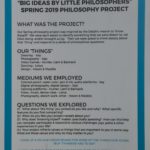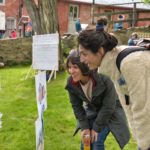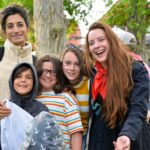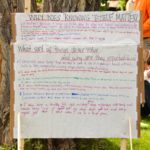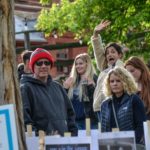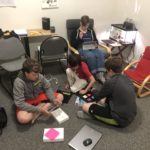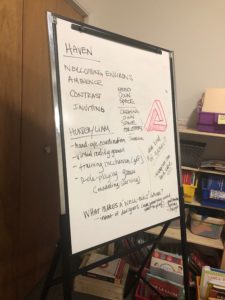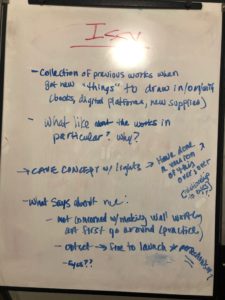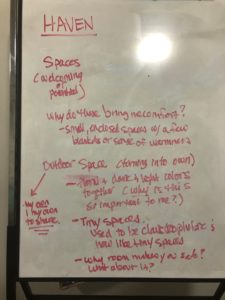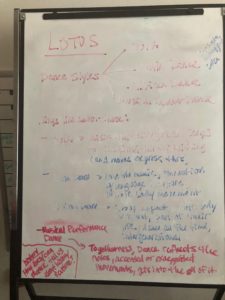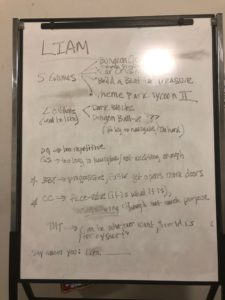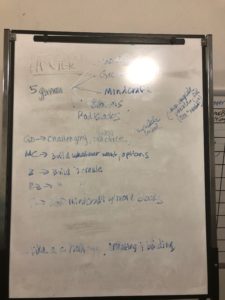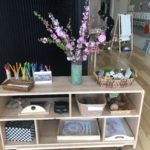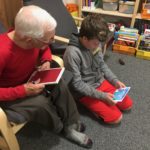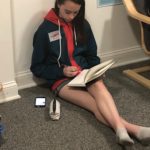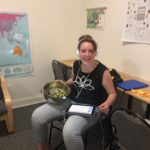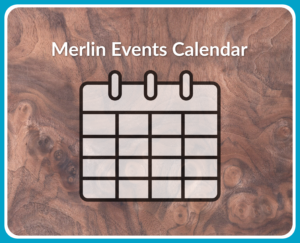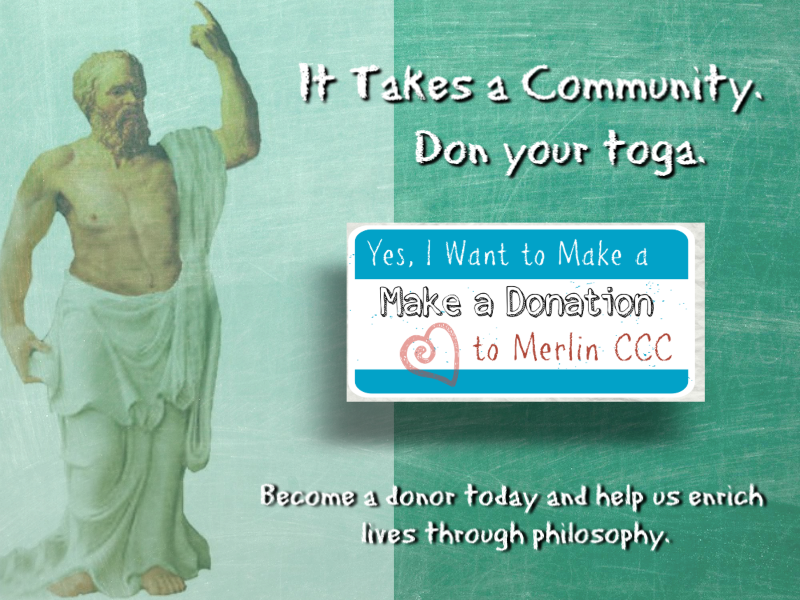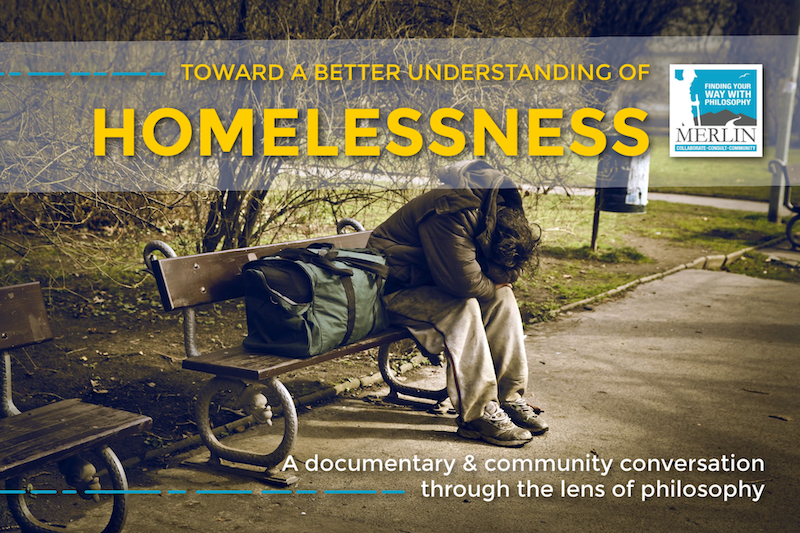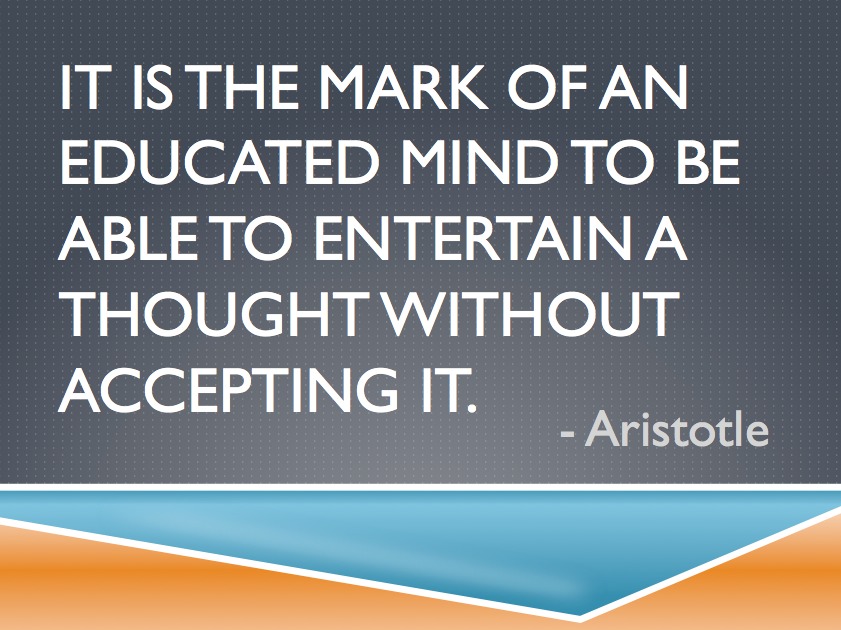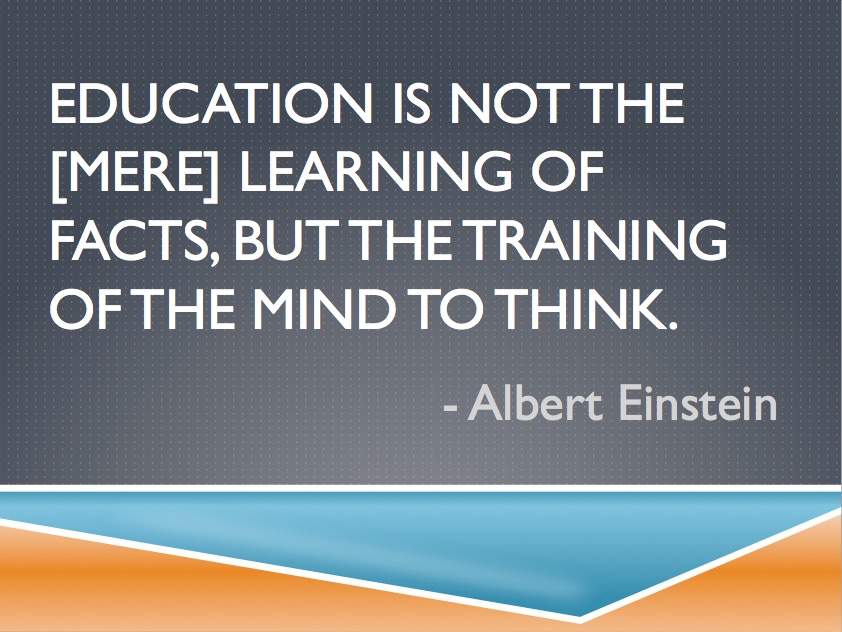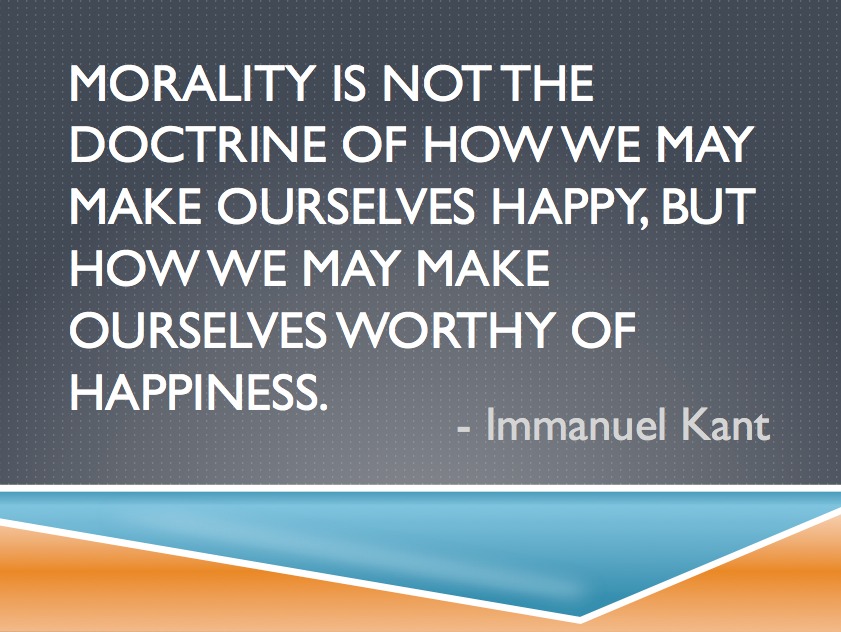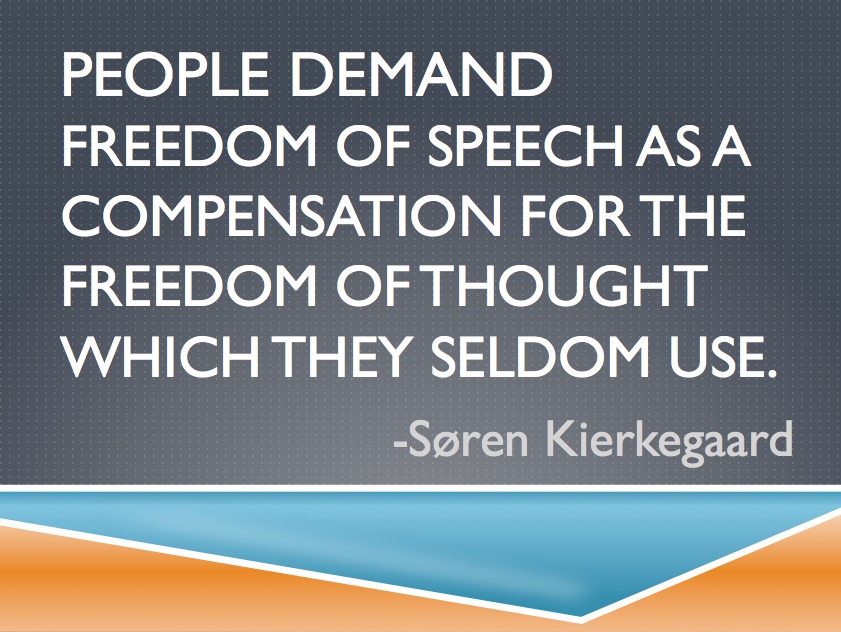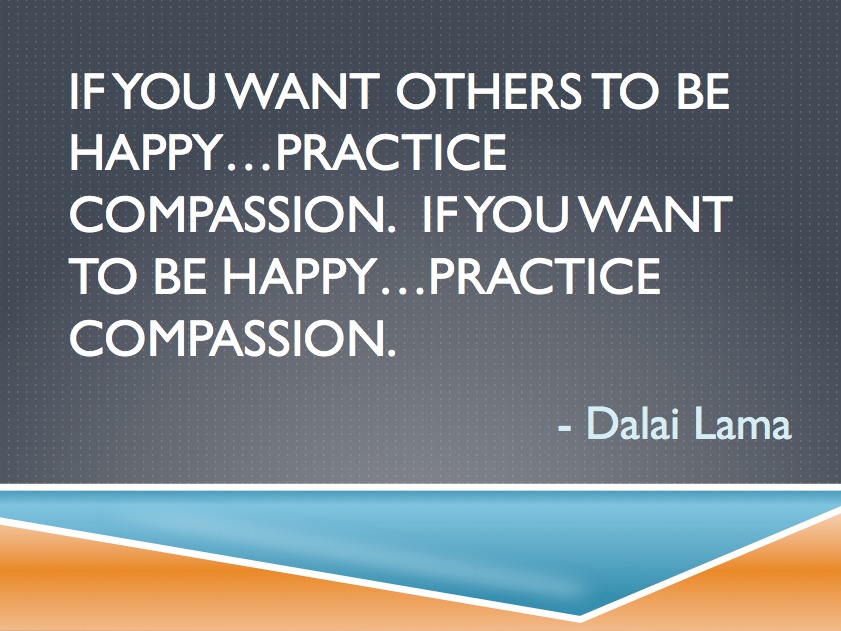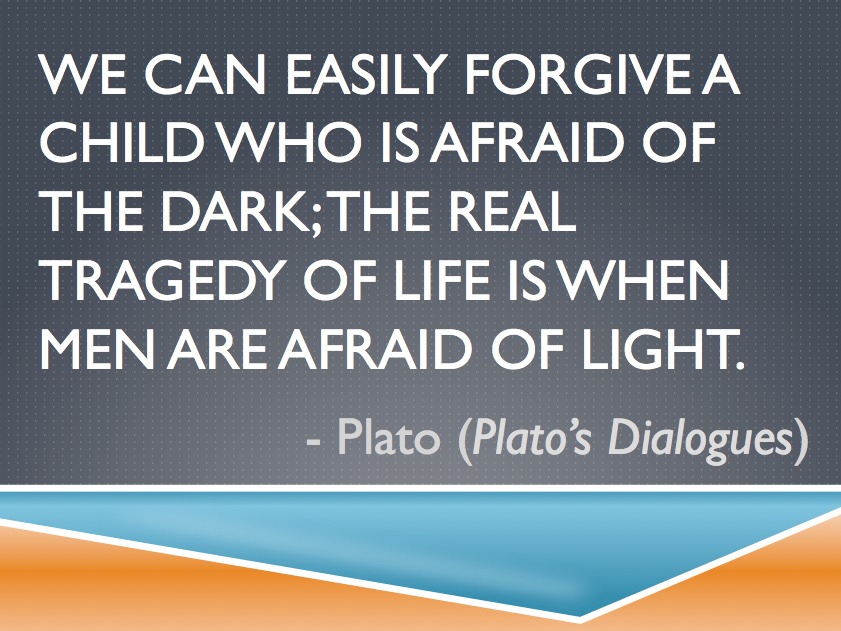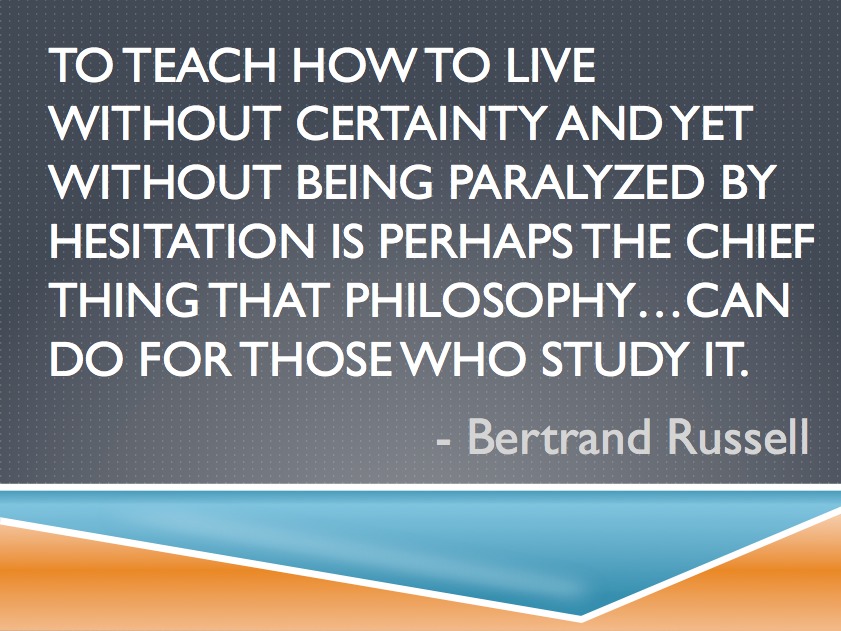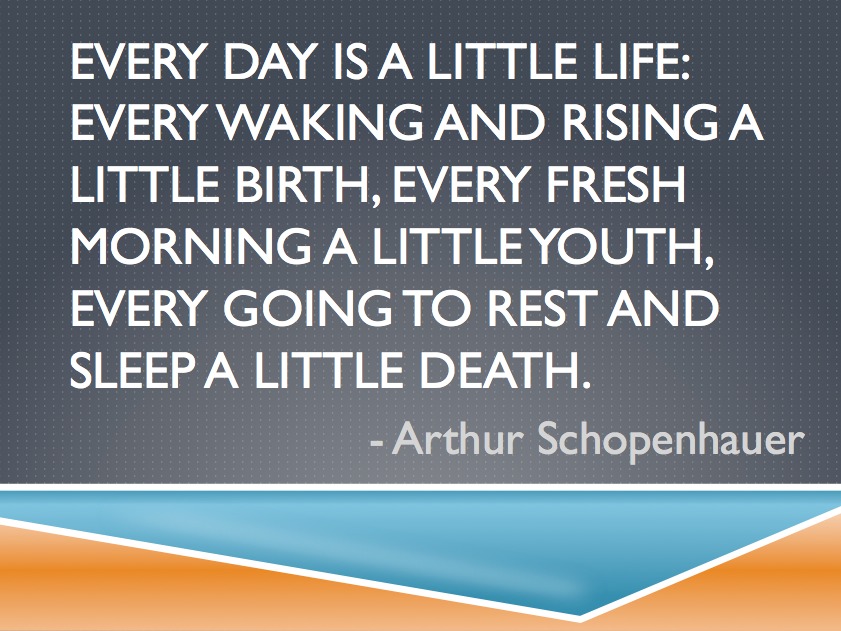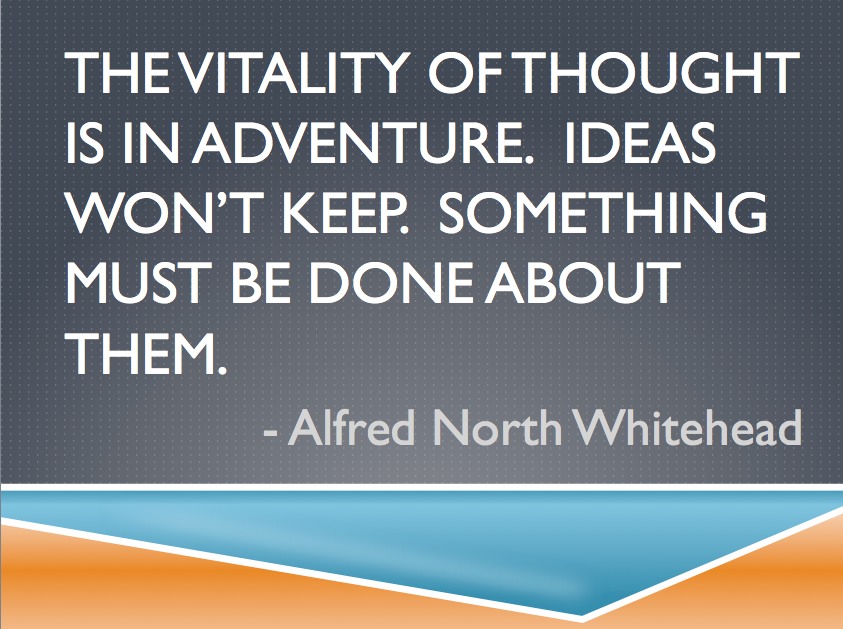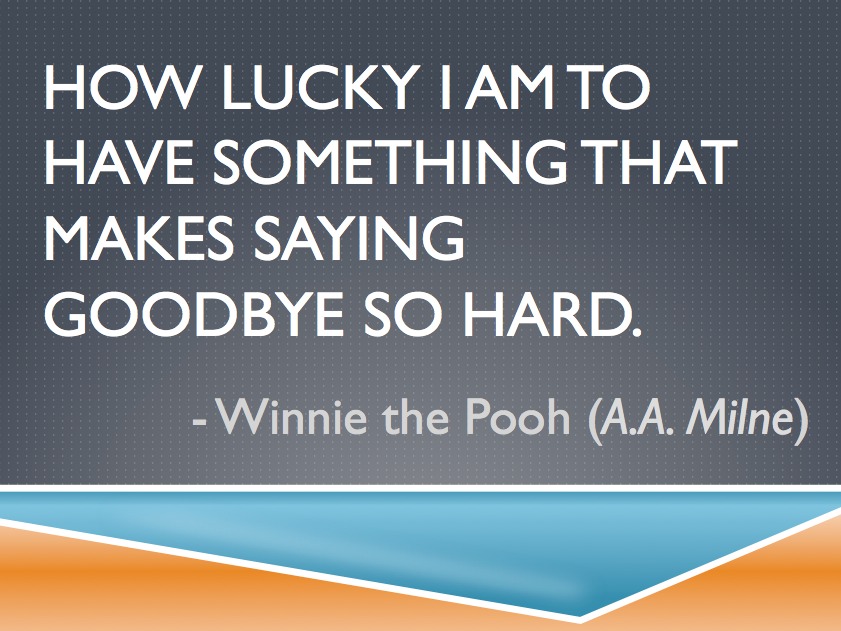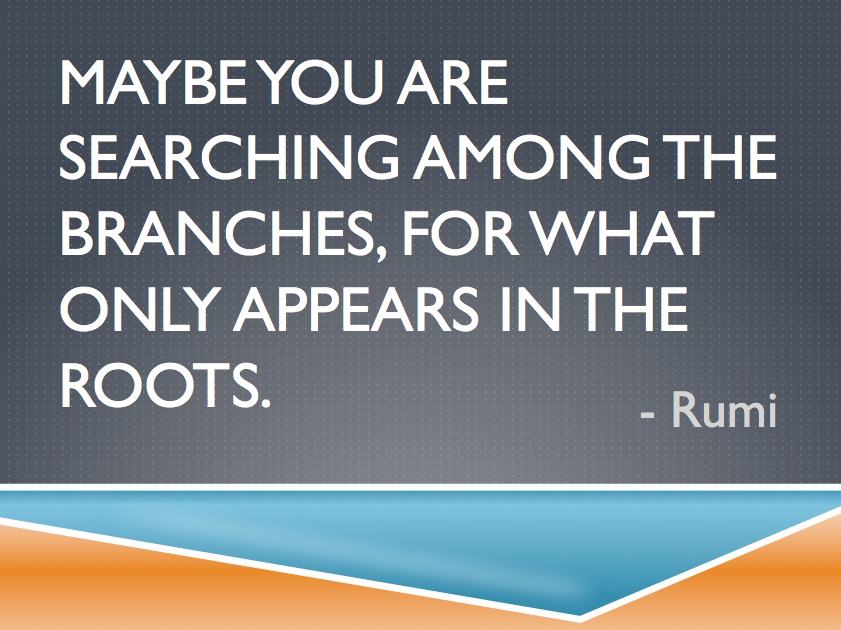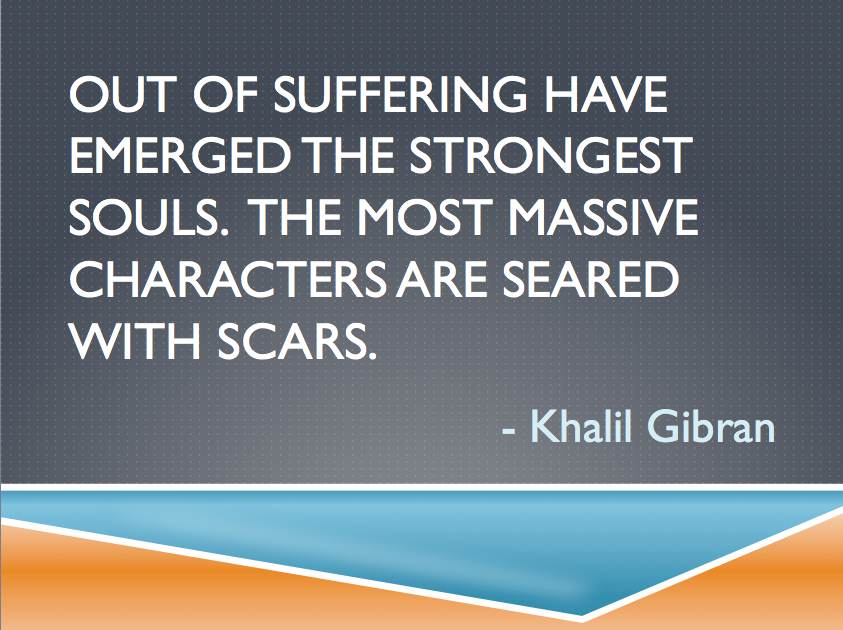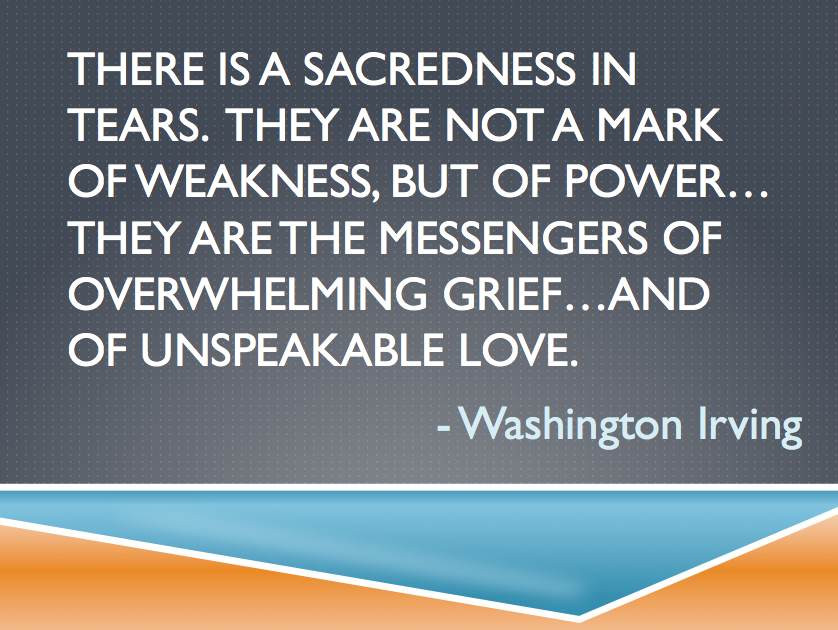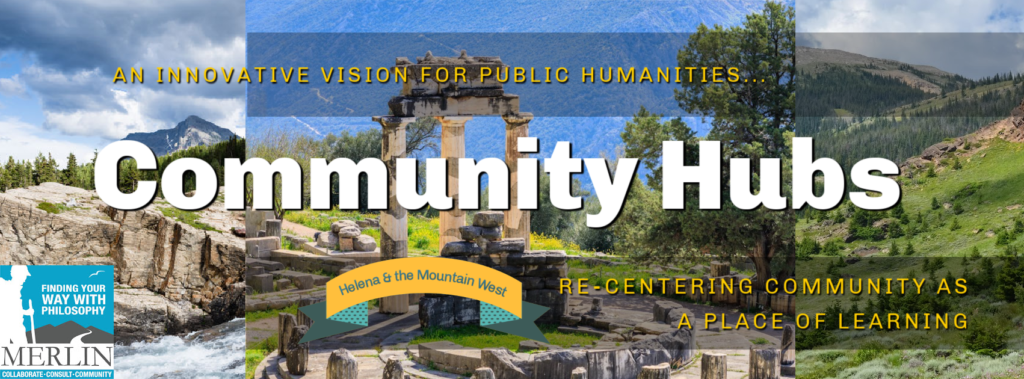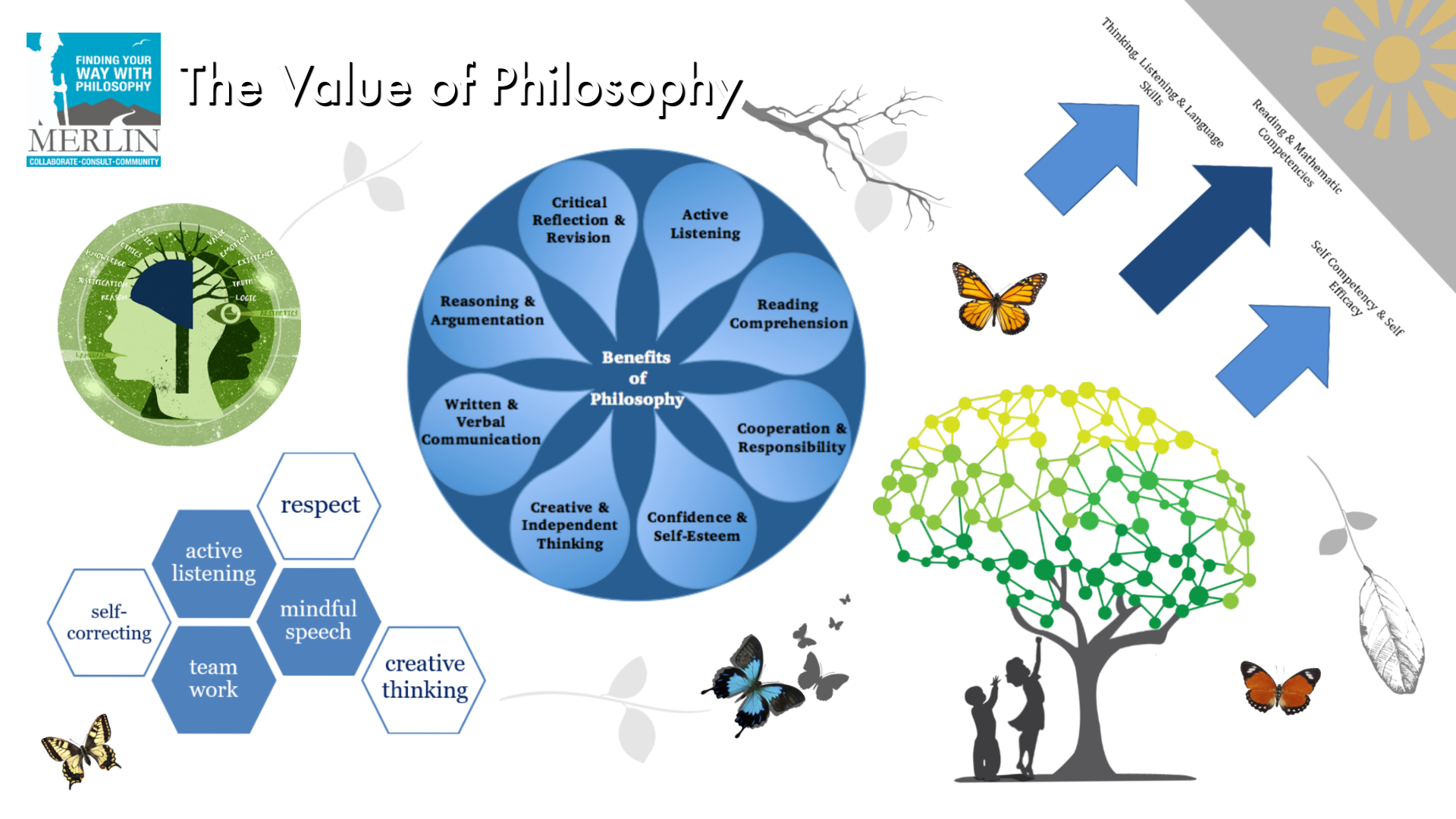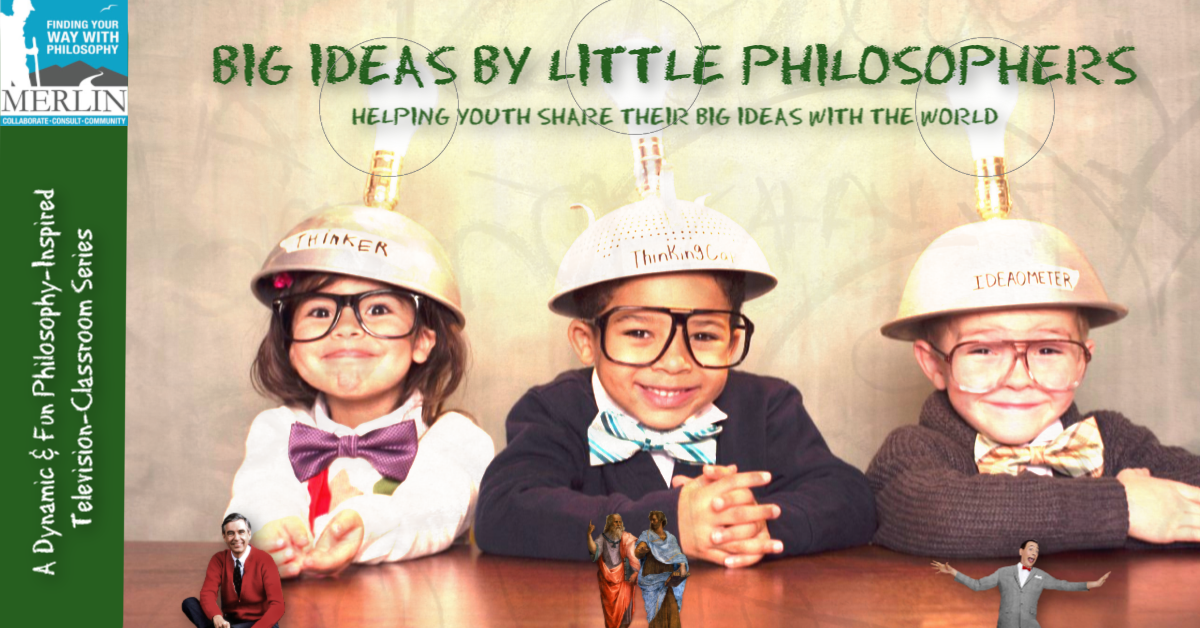
“Big Ideas by Little Philosophers” (BiLP) is a dynamic, philosophy-inspired television-classroom series designed to help youth share their big ideas with the world. A collaborative venture with Helena Civic Television and Cottonwood School, the program combines classroom and one-on-one mentorship, pedagogy, philosophy, and theater. A mash-up of Mr. Rogers, Pee-Wee’s Playhouse, and Socrates, the BiLP program aims to highlight the joy and fun of doing philosophy and the rich philosophical terrain available to and present in our youth.
During phase 2 of our program, our young thinkers applied the skills they had been developing in phase 1 of our program to a personalized “Know Thyself” project aimed at helping them gain insight about what examination of things that bring us joy can tell us about ourselves.
About the “Know Thyself” Project
The Question
The “Know Thyself” project started with a (seemingly) simple question: “what do you like & why do you like it?”
The Aim
The aim of the project was to help students come to a better understanding of themselves — i.e., what the things they like reveal about themselves and the values that they hold.
It is one thing to be drawn to something; it is another matter entirely to understand more deeply why it is that we are drawn to something and what that reveals about us.
The Pieces
Our initial question and aim involved 4 pieces — or areas of inquiry — each of which are highlighted below.
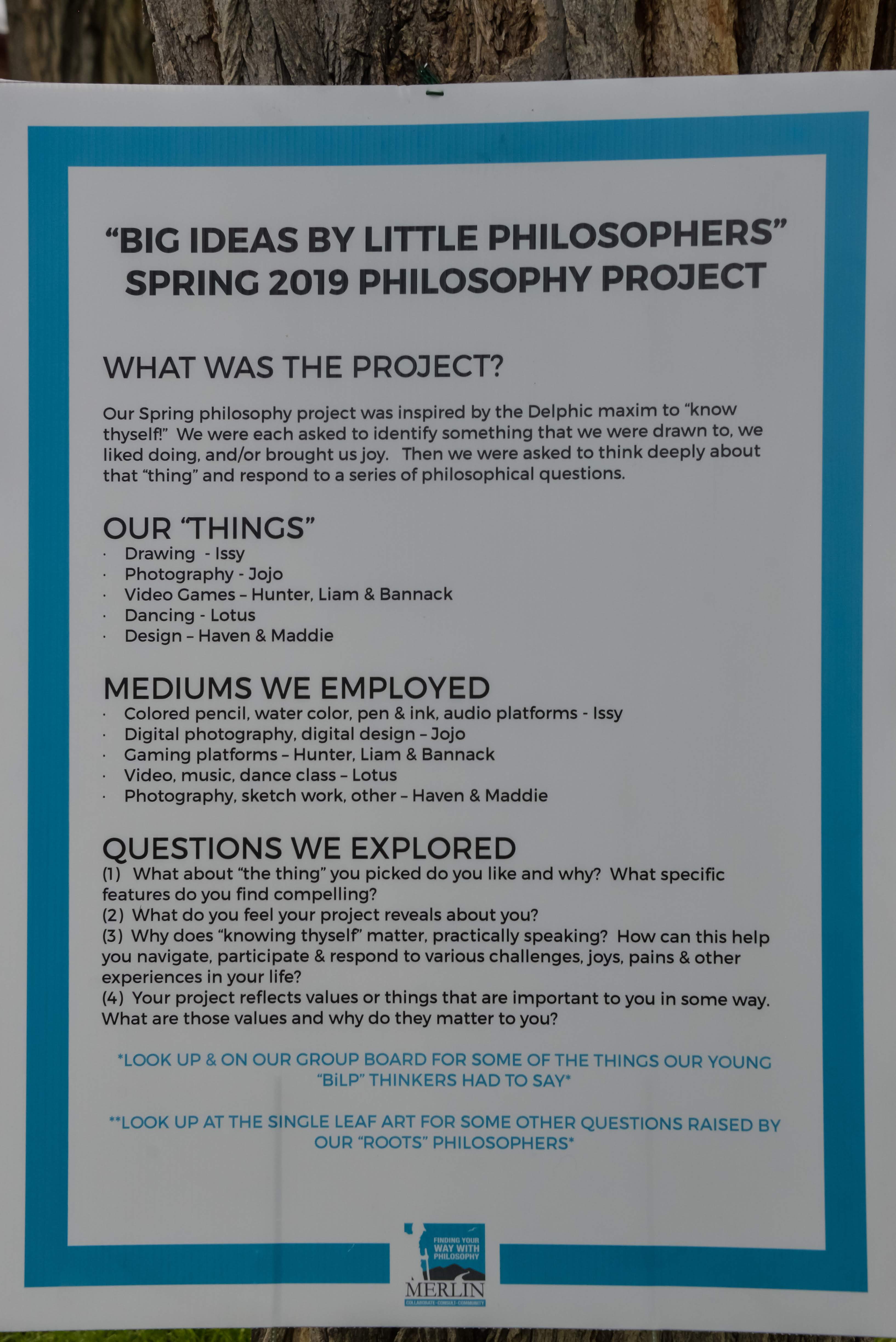

What about “the thing” you picked do you like and why? What specific features do you find compelling?

What do you feel your project reveals about you?

Why does “knowing thyself” matter, practically speaking? How can this help you navigate, participate & respond to various challenges, joys, pains & other experiences in your life?

Your project reflects values or things that are important to you in some way. What are those values and why do they matter to you?
The Process
Students were asked to think about something that they regularly do that brings them joy. Responses ranged from drawing, video gaming, and dancing to design, photography, music, and more. Every student (not surprisingly) had multiple interests, but for the sake of the reflective work that they were about to embark on (as well as logistical aspects related to their community showcase projects), they were asked to pick the one activity that stood out to them as their the most “beloved.” Then the fun began.
Each week our group would embark on a series of philosophical discussions aimed at discovering why each of us liked what we liked. Students were asked to bring in an example of their “what” (e.g., an image, a video, an art piece, a list of specific games, etc.) to share with the group, the objective of which was to (a) help others in the group get a better idea of what brought their classmates joy, and (b) help each thinker begin the reflective and analytic process required for the next steps in the project. By being asked to provide examples of the thing they liked, each student was implicitly engaging in their own selection process. For example, for the students who identified video gaming as their activity of choice, they were asked to come up with a list of their 5 favorite games.
After each student shared their activity via shared examples, they were asked: “What specifically do you like about that thing you are showing us? What is it about that activity (e.g., game, drawing, dance style, design, photograph) that is compelling to you?” Some responses included:
- I like (these) games because they are challenging and take practice
- I like (these) dance styles because they emphasize “togetherness”, “an intergenerational element,”and flow
- I like (these) games because they are progressive, responsive (i.e., in the sense that doors open based on your prior actions), and have a purpose
- I like spaces because they feel welcoming or have the potential to feel welcoming
- I like doing art that is not “wall-worthy” on the first go around
- I like (these) games because they are fun, have rules, involve imaginary worlds, and do not involve skill, strength or luck
- I like spaces that serve multiple purposes and allow me to “lay things out” in a certain way
- I like (this) photograph because is has a lot of contrast and shading and has multiple layers (“the more you look, the more you see”)
From there, each student was asked a series of deeper questions inspired by their personal responses above. For example:
- You identified “challenge” as something you found compelling about video gaming. Think about the relationship between challenge and satisfaction. Are challenges inherent (built-in to) the game itself, unique to the user (the same game can pose different challenges for different users), or both? Can you think of an example of something you have experienced that was not challenging but was still satisfying?
- You identified “togetherness” and “intergenerationality” as something you found compelling about certain dance styles. Think more about this. Why are these important to you? Do you think learning to dance from a grandparent is different than learning to dance from a friend your own age? If so, why and how? Is there something special about teaching dance to someone younger than you?
- You identified the “progressiveness”, “responsiveness,” and “purposeful” as things you found about video gaming. Why does this matter? Can you think of a game that does not have these characteristics that you still like? Think about purpose. Can something be satisfying without having a purpose?
- You identified “potentiality” as something you found compelling about design (spaces). The concept of “potentiality” has a long and interesting history in philosophy. Think more about this. Do you see a difference between potentiality and possibility? Or are they the same thing? Do you think there is a relationship between potentiality and hope? Between hope and possibility?
- You identified doing art that is not “wall-worthy” at the outset being important to you. Think more about this. What do you think “wall-worthy” art consists of/must look like or be in order to be “wall-worthy?” Why is not caring about creating “wall-worthy” art right out of the gate important to you?
- You identified rules as something you found compelling about video gaming. You also mentioned that you disagreed with the dictionary’s definition of games involving “skill, strength, or luck.” Think more about this. Can you think of a situation in your games where skill, strength, and luck are not involved? What are those situations? If rules didn’t exist, would “skill, strength, or luck” make sense or even matter?
- You identified “multi-functionality” as something you found compelling about design (spaces). Why is it important to you for a space to serve numerous purposes? Is purpose “built-in to” a thing (e.g., a chair is for sitting)? Or is a thing’s purpose ultimately defined by its user (e.g., a chair is for sitting, standing, hanging things on, using as a flower stand, a place for a cat’s bed, etc.)? Both?
- You identified “contrast” and “multiple layers” as things you found compelling about the photograph you shared. Think more about your statement “the more you look, the more you see.” Why is this appealing to you? Are there examples you can think of where you prefer the opposite (e.g., “what you see is what you get”)?
This process of “peeling back the layers” continued for weeks, with each student being asked to think more deeply, clarify, and refine their thoughts on the matter….ultimately with the aim of “knowing thyself” better.
The Community Showcase
The “Know Thyself” project culminated in a community showcase — in the form of an art exhibition highlighting their philosophical work and Q & A session — at the 5th Annual Reeder’s Alley Block Party. The picture collage and video below highlight some of the early hours of the community festival — and most importantly — our young philosopher’s community showcase. Our crew set their work up in Caretaker’s Lawn and answered questions for interested partygoers. One of our young philosophers even performed a dance act (and taught others) in conjunction with her philosophical project.
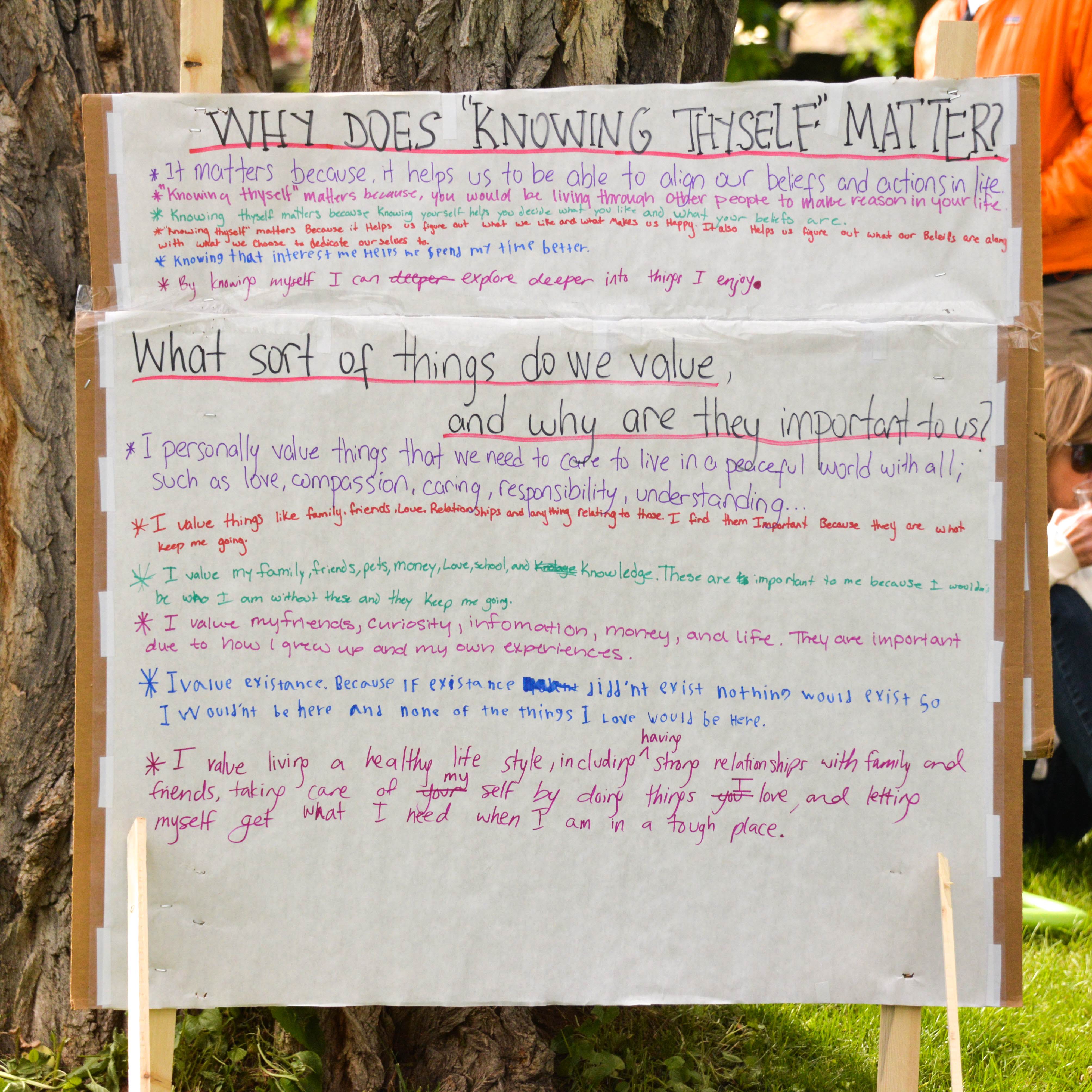
Pictures
























Video
Thank You’s
Thank you to Cottonwood ALC & Helena Civic Television for embarking on this fun journey with us & to Philosophy Learning & Teaching Organization, Humanities Montana, Montana Internet, and the American Philosophical Association for helping to fund our 2019 BiLP program!



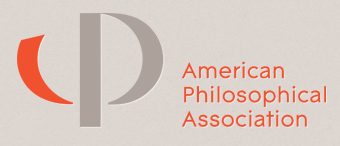


Stay tuned for phase 3 of our BiLP program where our young thinkers will be diving into the world of film & philosophy — a fun way to encourage deep thinking and questions about timeless (and timely) matters!

